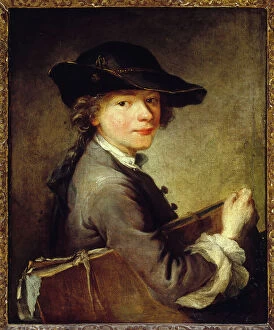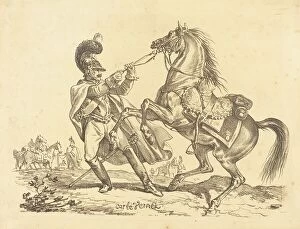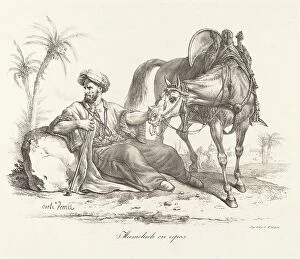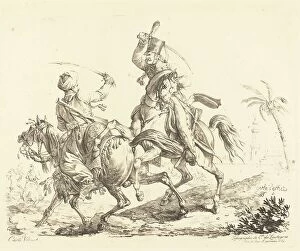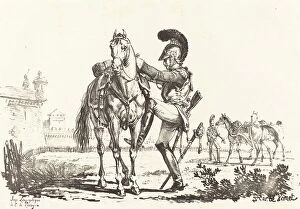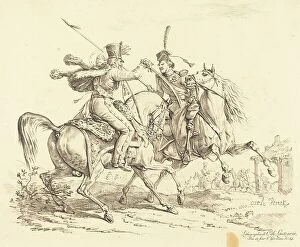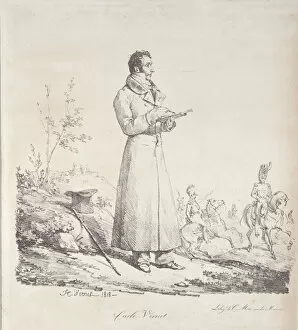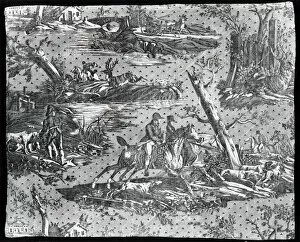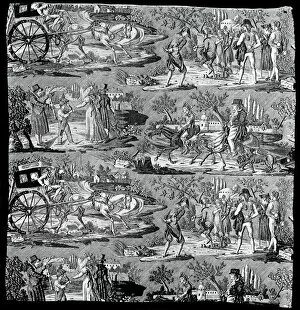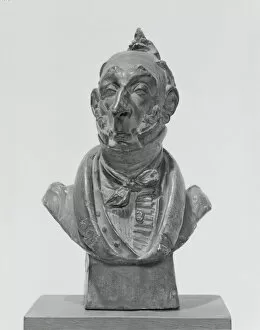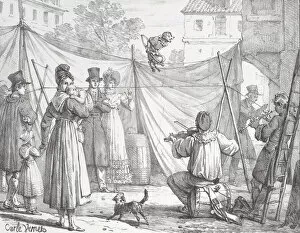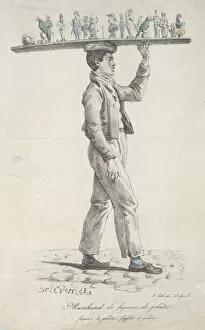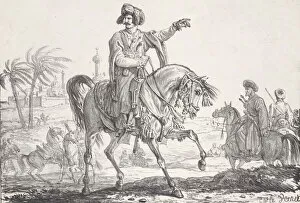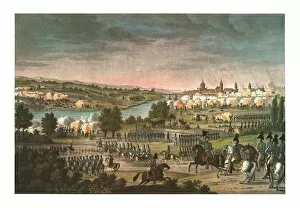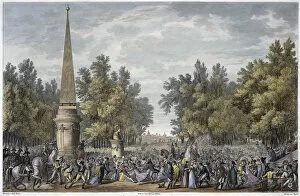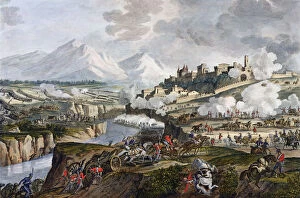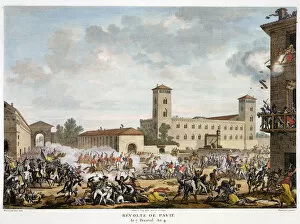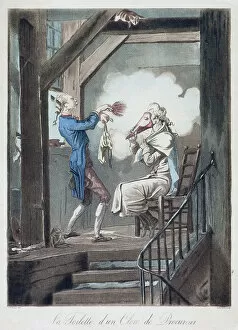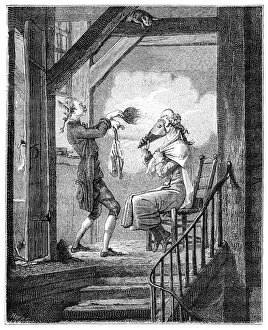Antoine Charles Horac Vernet Collection
Antoine Charles Horace Vernet, born in 1758 and passed away in 1836, was a renowned French painter known for his diverse range of artistic creations
For sale as Licensed Images
Choose your image, Select your licence and Download the media
Antoine Charles Horace Vernet, born in 1758 and passed away in 1836, was a renowned French painter known for his diverse range of artistic creations. His talent and versatility allowed him to excel in various genres including portraiture, fabric design, and animal paintings. In the early 1800s, Vernet's work caught the attention of many art enthusiasts. One notable piece from this period is "Revue du Quintidi, " created between 1800 and 1801. This artwork was a collaborative effort with Jean-Baptiste Isabey and Carle Vernet himself. It showcased their combined skills in capturing intricate details while depicting scenes from everyday life. Another remarkable painting by Carle Vernet is "The Toilet Of The Clerk Prosecutor" from 1885. In this piece, he skillfully portrayed the mundane yet essential task of personal grooming with precision and elegance. Vernet's creative abilities extended beyond traditional canvas paintings. He also excelled in fabric design as seen in works like "La Route de Jouy" (c. 1820) and "La Route de St. Cloud ou de Poissy" (1822 or after). These furnishing fabrics displayed his mastery of patterns and motifs that were popular during that era. One cannot overlook Vernet's collaboration with J. P Meillier et Cie on the creation of "Dites Merci, " a stunning furnishing fabric dating back to around 1798. Its intricate designs reflect the exquisite craftsmanship prevalent during that time. Carle Vernet's legacy continued through his son Emile Jean-Horace Vernet who immortalized him through his sketch titled "Portrait of Carle Vernet Sketching" (1816). This intimate portrayal captures both fatherly love and admiration for each other's artistic talents. Throughout his career, Carle Vernet explored various subjects ranging from animals to historical events.

